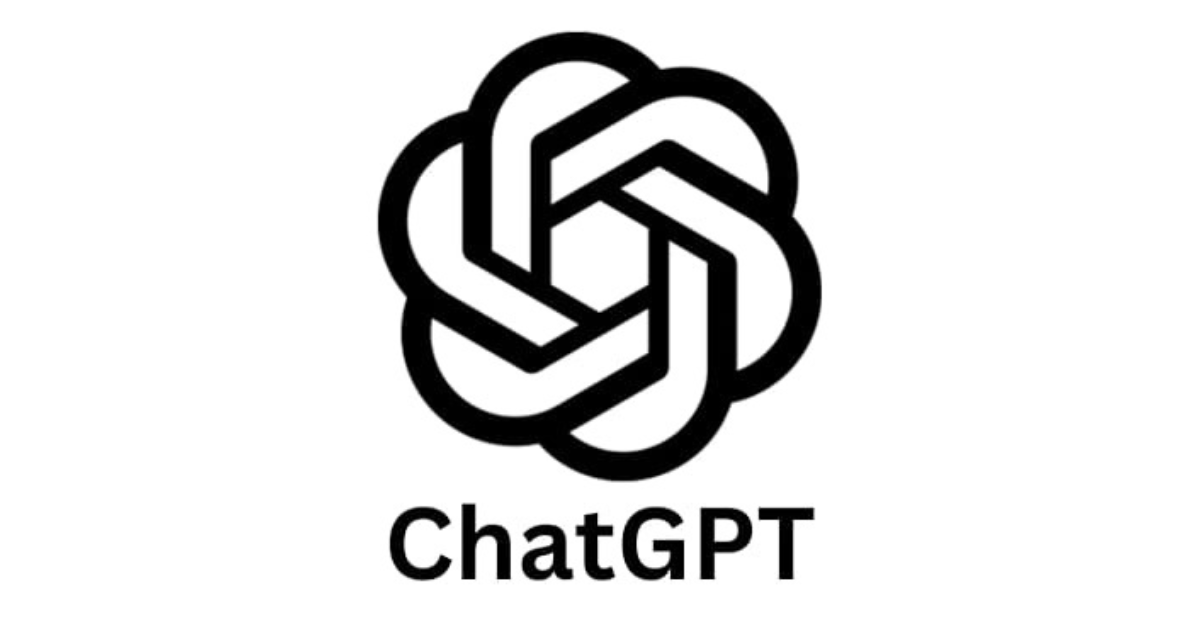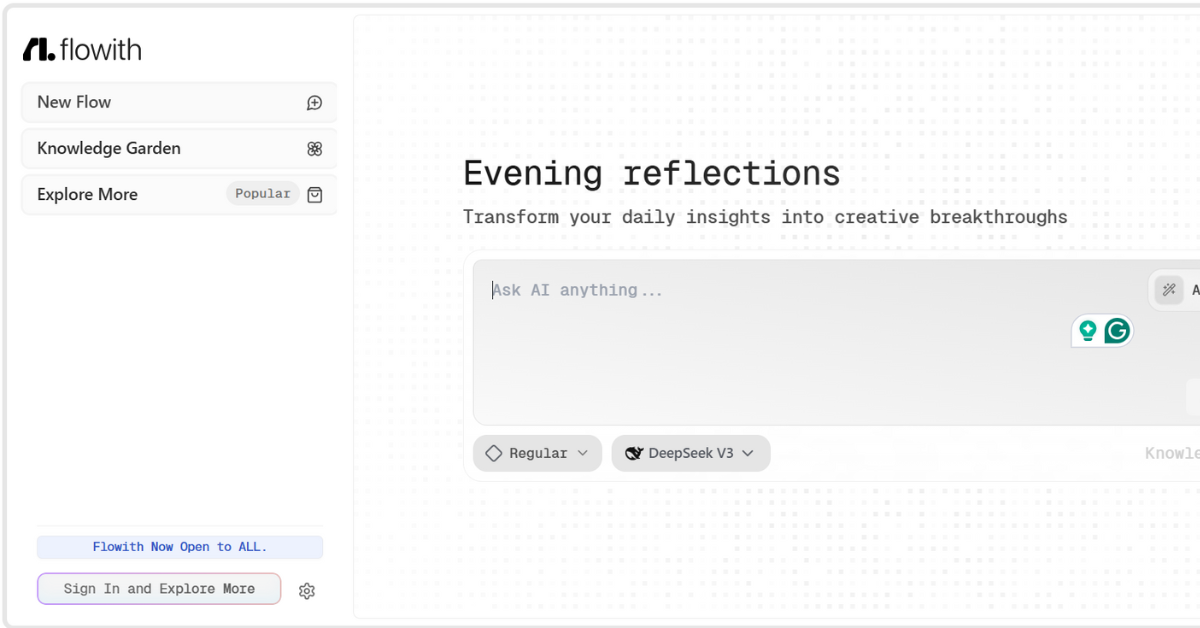In the age of artificial intelligence (AI), the key to unlocking its full potential lies in mastering AI prompt engineering. Whether you’re a content creator, marketer, or developer, fine-tuning your prompts can drastically improve the results you get from AI models. For more AI-powered content strategies, check out our comprehensive guide on content marketing trends. Ready to take your AI interactions to the next level? Here are 10 expert tips to help you become a prompt engineering pro! 👇In the age of artificial intelligence (AI), the key to unlocking its full potential lies in mastering AI prompt engineering. Whether you’re a content creator, marketer, or developer, fine-tuning your prompts can drastically improve the results you get from AI models. Ready to take your AI interactions to the next level? Here are 10 expert tips to help you become a prompt engineering pro! 👇
1. Be Specific & Direct 🎯
One of the most important factors in AI prompt engineering is clarity. The more specific and direct you are, the better the output you’ll receive. Here’s a comparison:
❌ Vague Prompt: “Write about marketing.”
✅ Specific Prompt: “Write a 300-word LinkedIn post on AI-powered content marketing trends in 2024, targeting CMOs.”
💡 Pro Tip: Provide all relevant details such as tone, audience, and key points to improve accuracy and relevance in your AI-generated content.
2. Use Role Assignment 🎭
Give your AI a “role” to provide better context. By assigning the model a role, you guide it to generate content that matches the style and tone of that role.
Example: “Act as a senior data scientist. Explain neural networks in simple terms for a business audience.”
This gives the AI the context needed to tailor its response appropriately.
3. Structure with Formatting 📝
Clear and well-organized prompts will help AI process and deliver output more efficiently. Structure your prompts as follows:
🔹 Task – What exactly do you want the AI to do?
🔹 Context – Provide background information for better understanding.
🔹 Format – Specify the format of the response (bullets, JSON, list, etc.).
Example:
- Task: Explain AI in simple terms.
- Context: AI is a field of computer science focused on building systems that can perform tasks typically requiring human intelligence.
- Format: List the key points in bullet form.
4. Set Constraints ⏳
Setting limits on things like length, tone, or style will ensure that the AI doesn’t over-deliver or miss the mark. Constraints guide the AI towards the kind of response you’re aiming for.
Example: “Summarize this article in 3 bullet points, max 15 words each.”
5. Iterate & Refine 🔄
Your first AI-generated output might not always be perfect—and that’s okay! Prompt engineering is an iterative process. Don’t be afraid to refine and adjust your prompt to get better results.
Example Adjustments:
- “Make it more engaging.”
- “Simplify for beginners.”
- “Focus on key statistics.”
This will help you narrow down exactly what you need from your AI model.
6. Few-Shot Prompting ✨
One of the most effective ways to guide the AI is by giving it examples. Few-shot prompting provides the AI with a clearer understanding of what you’re asking for.
Example:
“Write a tweet like these:”
- “AI is changing the game! 🚀 Here’s how…”
- “5 ChatGPT hacks you NEED to try…”
This gives the AI a concrete example to model its response after.
7. Chain-of-Thought (CoT) 🤔
For more complex topics, breaking things down into step-by-step reasoning can be very helpful. Asking the AI to explain things step-by-step provides clarity and ensures the model processes the information thoroughly.
Example:
“Explain how blockchain works. Break it down into 3 steps.”
This will guide the AI through its explanation in a logical order.
8. Negative Instructions 🚫
In some cases, it’s just as important to tell the AI what not to do. Negative instructions help you avoid unwanted results.
Example:
“Explain quantum computing without using math formulas.”
This directs the AI to avoid a complex, formula-heavy response and focus on clarity instead.
9. Temperature & Creativity 🌡️
AI models use a parameter called temperature to control the randomness of their responses. Adjusting this can significantly alter the tone and style of the output.
- Low temperature (0.2): Results in more factual, precise, and predictable responses.
- High temperature (0.8): Produces more creative, varied, and diverse outputs.
Example:
If you need a factual explanation of AI, use a low temperature. If you’re looking for creative writing or brainstorming ideas, a higher temperature will produce better results.
10. Test & Optimize 🔍
As with anything, practice makes perfect. Track your prompts and see which ones yield the best results. Small tweaks can make a big difference.
💡 Pro Tip: Don’t be afraid to experiment with different phrasing, structures, and constraints to find the best approach for each task.
💡 BONUS Tip: Use “Let’s Think Step by Step” for Complex Reasoning!
For complex tasks that require detailed explanations or reasoning, use the phrase “Let’s think step by step” to guide the AI in breaking down its thought process and generating more thoughtful responses.
Example:
“Let’s think step by step on how AI can be applied in healthcare.”
This can help the AI develop a more methodical and comprehensive response.
By mastering these 10 expert tips for AI prompt engineering, you’ll be able to harness the full power of AI and generate the most effective outputs tailored to your needs. Whether you’re creating content, writing code, or analyzing data, prompt engineering is the key to unlocking AI’s full potential.
Now, go ahead—start crafting your perfect prompts and elevate your AI game to a whole new level! 🚀


